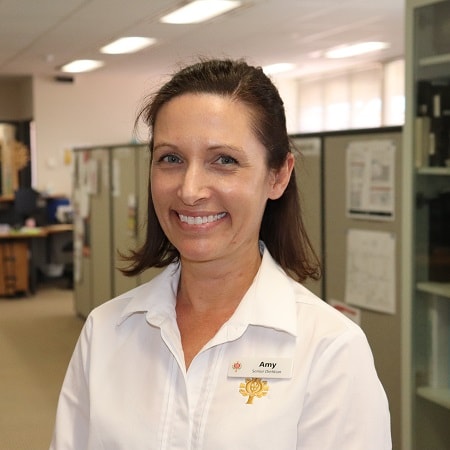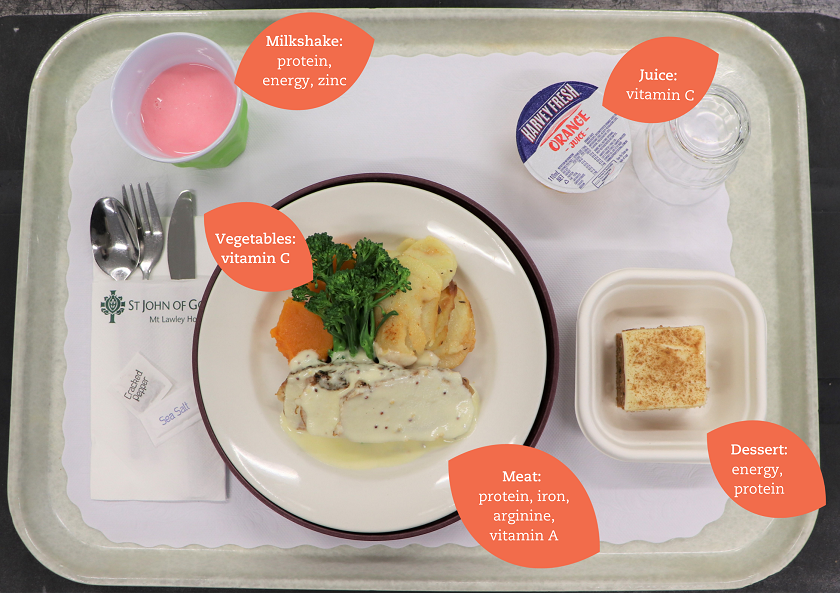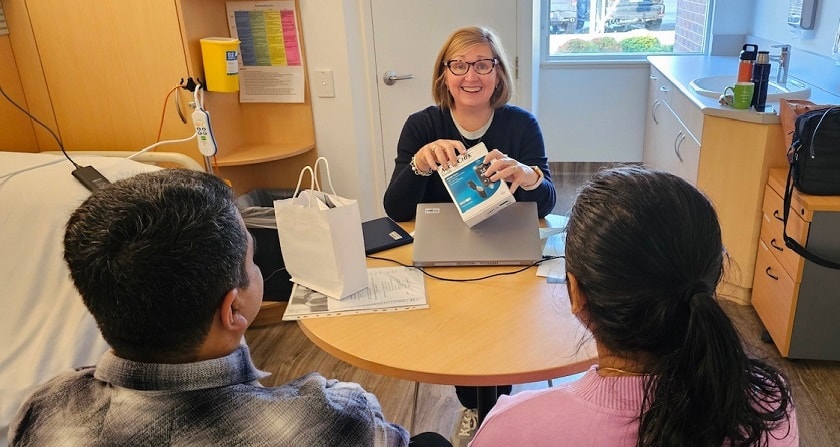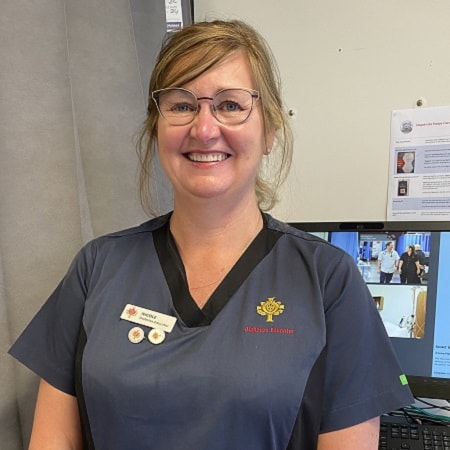About one quarter of Australian children are overweight or obese and the number of obese children continues to rise.
In 1995, five per cent of Australian children were obese and in 2008 this figure increased to eight per cent. The rate of obesity has doubled in boys from five to 10 per cent whereas the number of obese girls has remained the same.
Just as with adults, being overweight or obese as a child can lead to many serious health consequences such as diabetes and coronary heart disease, so it is important we pay attention to what our kids are eating.
So what is making our children overweight, now more than ever?
Dietitian Amy Ekin says there are many different factors contributing this weight gain.
“Recreational activities tend to be more sedentary now, with the rise of screen-based games and online activities,” Amy says.
“Most children are driven to school – walking to and from school provides an excellent opportunity to ‘find 30’.
“With regards to food, larger portion sizes are seen as better value, kids drink more soft drinks and we eat out a lot more, especially at fast food outlets. Children are also exposed to a huge amount of marketing of energy dense foods.”
Studies have shown that this trend may be reduced through establishing healthy eating practices early in life. The most successful interventions for obese children are family-based interventions combining diet, physical activity and behaviour change.
The connection between schools and eating habits
Many WA schools encourage healthy food choices from a young age, with guidelines based on the Australian Guide to Healthy Eating.
A number of our school canteens now operate on a traffic light system, allowing parents to identify healthier options for children to order. The green items are always available whereas the number of red items which have a higher fat and/or sugar content are not recommended on the canteen menu and often restricted.
Many schools also have ‘fruit and veg time’ or ‘crunch and sip’ during the school day. A better health initiative was also introduced in 2008 to guide school canteen managers in selecting healthier options for students.
Amy says although diet is very important, children also need to be physically active.
“Physical activity is vital for not only for a healthy body weight but for healthy growth and development, building strong bones and muscles, cardiovascular fitness and fine motor development,” she says.
So how much exercise should children be doing?
Australia’s physical activity guidelines recommend at least 60 minutes (and up to several hours) of moderate to vigorous activity per day for five to 12 year olds and at least 60 minutes for 12 to 18 year olds.
This recommendation is consistent with the World Health Organisation’s guidelines.
How to help your child improve their eating habits
- Offer a wide variety of nutritious foods including snacks
- Make sure they eat breakfast and give them time to eat it
- Eat together as a family
- When possible pack your child’s lunch from home
- Don’t make a fuss when your child refuse foods but offer several more times/try again
- Encourage them to drink water
- Allow your child to tell you when they are full
- Get them in the kitchen helping you prepare and cook
- Do physical activity with the whole family
Find out more
Some handy websites with more information on healthy eating for children:










